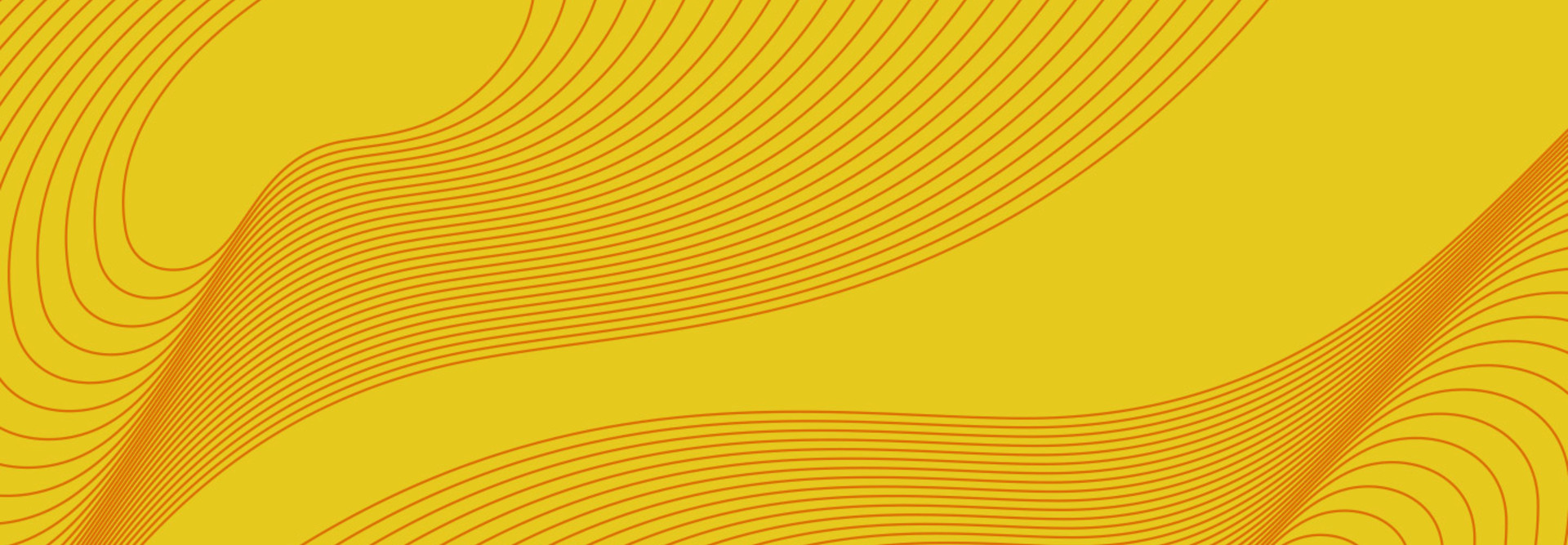ALDRICH: It’s important to differentiate between digitizing and digitalizing. Going from analog to digital, such as from paper to PDF copies, is digitizing. Digitalizing is actually redesigning what that process can be through the better use of technology. Digital transformation is not just an IT-specific responsibility. It is a cultural, technological and workforce shift. The pace of technology is accelerating so fast that it’s becoming a part of areas that were previously considered to be nontechnical. We have to, as a workforce, figure out how to finish breaking down those silos that separate IT from the rest of the organization and realize that digital transformation is something that we all need to do together.
EDTECH: What is the risk for colleges that don’t get up to speed?
DEBAERE: This is urgent. People are still coming to higher education institutions, but can we really expect families to spend up to 40 percent of their annual income on sending just one child to college? My son’s education cost us $250,000. His coworker went to a six-month coding boot camp, which cost $20,000. My son is an excellent programmer, but I can’t say he was 10 times better-prepared than his coworker. We are increasingly going to lose students to nontraditional education providers. Institutions have to use these technologies to show that the value of higher education is worth additional money. For example, if we were to improve our transcripts so that we could record things like special projects and other enriching activities, can that make our students more attractive to potential employers?
ALDRICH: Students are growing up in a world of advanced technology, coming to college and getting surprised by how backward some of our processes can be across the whole realm of experiences. I can order books from Amazon and have them delivered later today. Why do I have to stand in line at a bookstore to get my books? We are making such experiences more transformational, more intuitive, more leading-edge.
MOREAU: Things like cloud, mobile and artificial intelligence are accelerating the pace of potential change and are more accessible to more people. These things are happening organically throughout our institutions, so to ignore them is a fool’s errand. Clever people will find those opportunities, and students who like those services will use them and think, “What’s the matter with you guys?” if you don’t make them available.
MORE FROM EDTECH: See how universities are engaging students through beacon technology.
EDTECH: Digital transformation is about the business insights made possible by new tools. are there key technologies that enable digital transformation?
MOREAU: Mobile has been driving this forward for some time. As every new generation of students comes into our institutions, they’re more and more comfortable doing things with mobile technology. And it’s an equalizing factor. Regardless of who your parents are or where you went to high school, you probably have a smartphone in your pocket, and your access to these services and content and experiences are as good as anybody else’s.
ALDRICH: A variety of technologies can have a dramatic impact on the way people think. Cloud is certainly an enormous one of those. But I think it has more to do with the way we use the cloud. Institutions, vendors and students are leveraging these technologies in such creative ways. I would say there are specific platforms, such as cloud, that are creating incredible opportunities to rethink the way we tackle some traditional technology problems.









